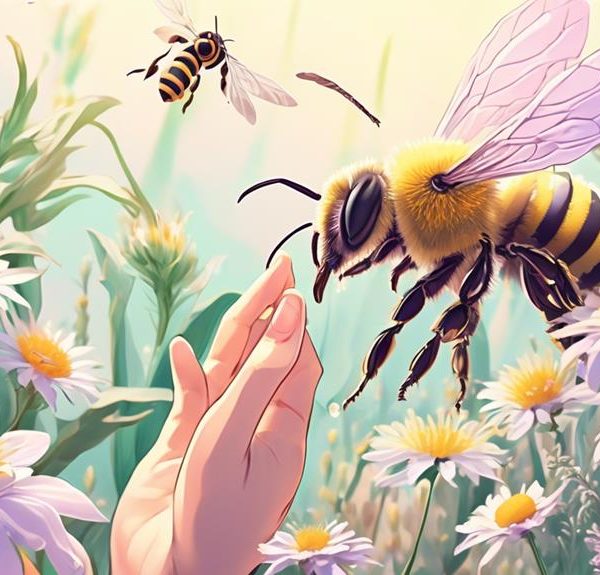Suffering from a sweat bee sting? Discover the factors that influence how long your discomfort may last and learn effective relief strategies.
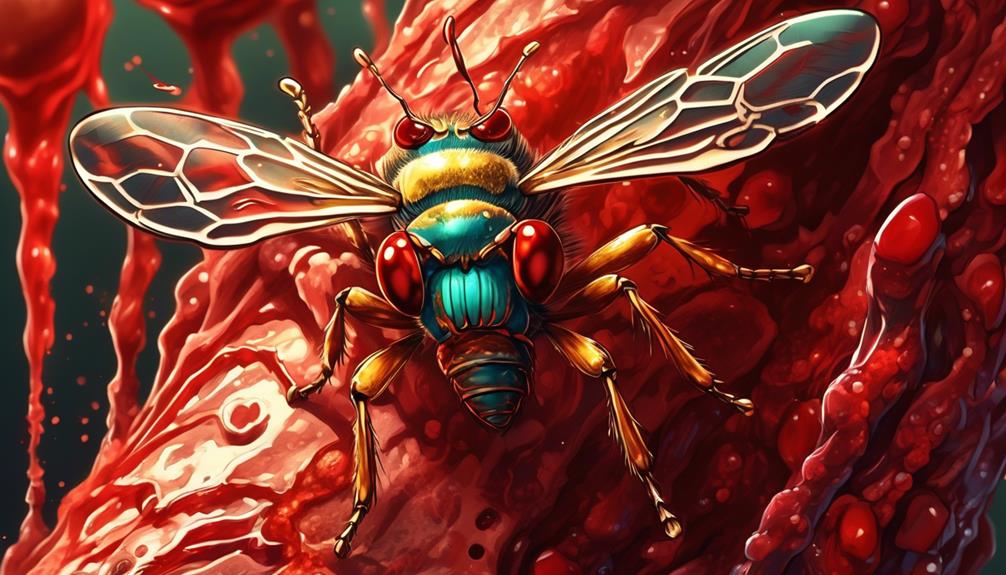
How Long Do Sweat Bee Stings Last
Like a summer's day that seems to never end, the sting of a sweat bee can stick around longer than you'd prefer. You're probably familiar with the immediate sharp pain, but you might be wondering how long the aftereffects actually last.
The duration can vary greatly depending on multiple factors, such as your personal health, the number of stings, and the specific type of sweat bee.
So, how can you estimate the length of your discomfort and what steps can you take for relief? Let's explore this further.
Key Takeaways
- Discomfort from a sweat bee sting typically fades within a few hours.
- Factors such as personal health, age, and sting location can affect the duration of the sting effects.
- Allergic reactions to sweat bee stings can prolong the effects for a few days.
- Persistent symptoms or severe reactions require immediate medical attention.
Understanding Sweat Bee Stings
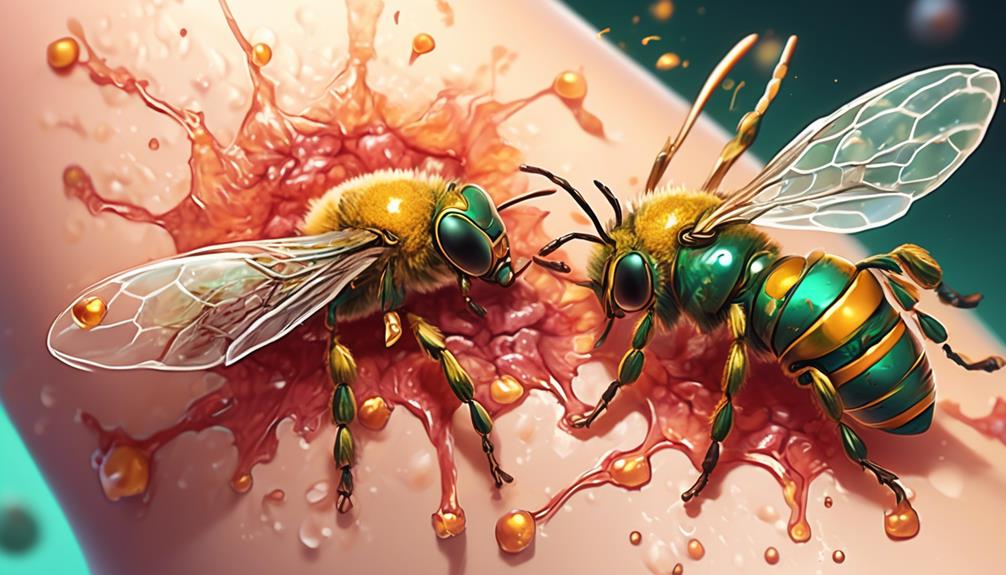
When a sweat bee's sting targets your skin, it's important to understand what's happening and how to effectively respond. What's actually occurring is a defense mechanism of the sweat bee. You see, these bees aren't inherently aggressive. They're just interested in your sweat, hence the name. But if you swat at them or make them feel threatened, they'll retaliate with a sting.
Now, a sweat bee's sting isn't as severe as other bees. It's a minor inconvenience, a bit like a mosquito bite. You'll feel a brief sharp pain, followed by itching and some swelling. In most cases, it's not a major cause for concern.
Responding effectively is key. If you've been stung, first, don't panic. Remove the stinger if it's left behind, then clean the area with soap and water. You can use a cold pack to reduce swelling and take over-the-counter pain relievers if needed. Most importantly, keep an eye on the area. If you notice any unusual reactions, like difficulty breathing or signs of infection, seek medical attention immediately.
Understanding the nature of sweat bee stings, you're now equipped to handle them with ease.
Initial Symptoms of a Sting
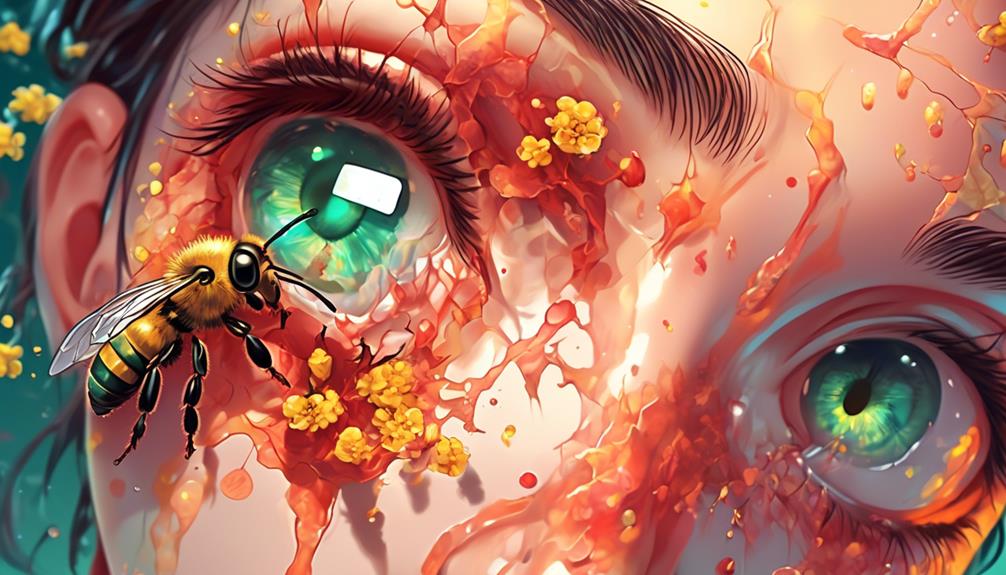
As the sting's sharp surprise subsides, you'll start noticing the initial symptoms. They may seem insignificant at first, but these are signs that your body's defense mechanisms have been activated.
You'll typically experience physical discomfort in the area of the sting. This could range from a mild annoyance to a more severe, throbbing pain. Keep in mind that everyone's pain threshold is different, and what might be a slight annoyance to you could be a severe pain to someone else.
Here are a few symptoms you might experience:
- Redness: The area around the sting may turn red. This is due to the increased blood flow to the site of the sting.
- Swelling: You may notice a bump or swelling at the sting site. This is a result of your body's inflammatory response.
- Itching: It's not unusual to feel an itch around the sting site. This is your body's reaction to the bee's venom.
- Warmth: The sting site may feel warmer than the surrounding skin. This is also a part of your body's inflammatory response.
Duration of Sting Effects
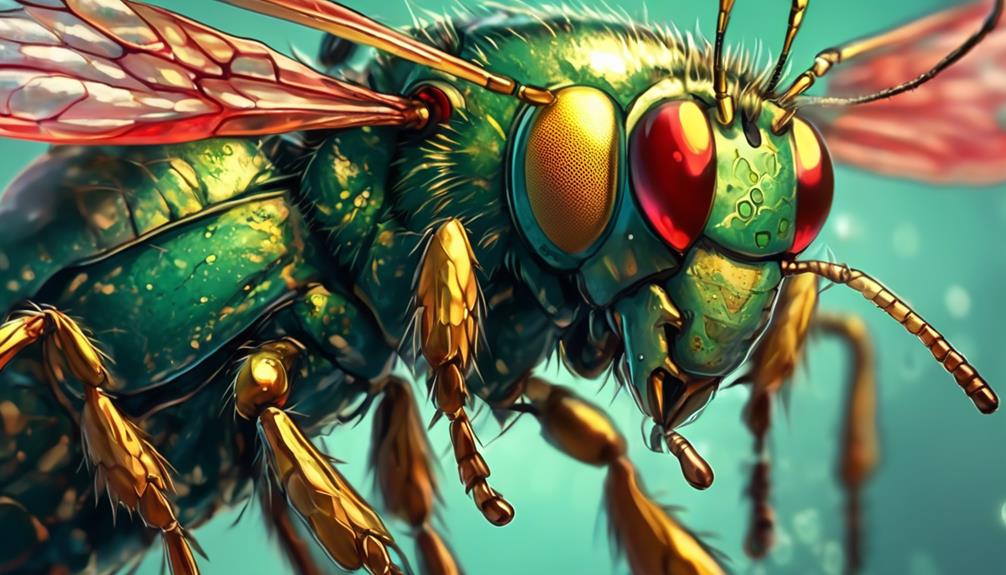
You're probably wondering how long these sting effects will last. Generally, the discomfort from a sweat bee sting fades within a few hours. However, the exact duration can depend on several factors.
Your personal health plays a significant role. If you're in good health, your body can recover quicker. Your age also matters; younger people often heal faster than older ones. The location of the sting is another factor. Stings in sensitive areas might take longer to heal.
In some cases, if you're allergic to sweat bee stings, the effects could last for a few days. You might experience swelling, redness, itching, and pain. At times, these symptoms might get worse before they get better. That's why it's important to clean the sting area immediately and apply a topical cream to reduce inflammation and discomfort.
If the sting effects persist for more than a week, or if you experience severe symptoms such as difficulty breathing, dizziness, or a rash spreading beyond the sting site, seek medical attention immediately. These could be signs of a severe allergic reaction.
Treating Sweat Bee Stings

Now that we've covered the duration of sweat bee sting effects, let's talk about how to treat these stings effectively. The first thing you need to do isn't panic. Sweat bee stings, while painful, are generally not dangerous unless you're allergic. Here's a simple four-step procedure to follow:
- Remove the stinger: This is the first step. Don't squeeze it out, as this can release more venom. Instead, gently scrape it off with something flat, like a credit card.
- Clean the area: Wash with soap and water to avoid any potential infection. Pat it dry gently.
- Apply a cold compress: This will help to reduce swelling and numb the pain. Keep it on for around 15 minutes.
- Use a topical cream: Over-the-counter creams can help with pain and itching. Hydrocortisone cream or calamine lotion are good options.
Preventing Future Stings
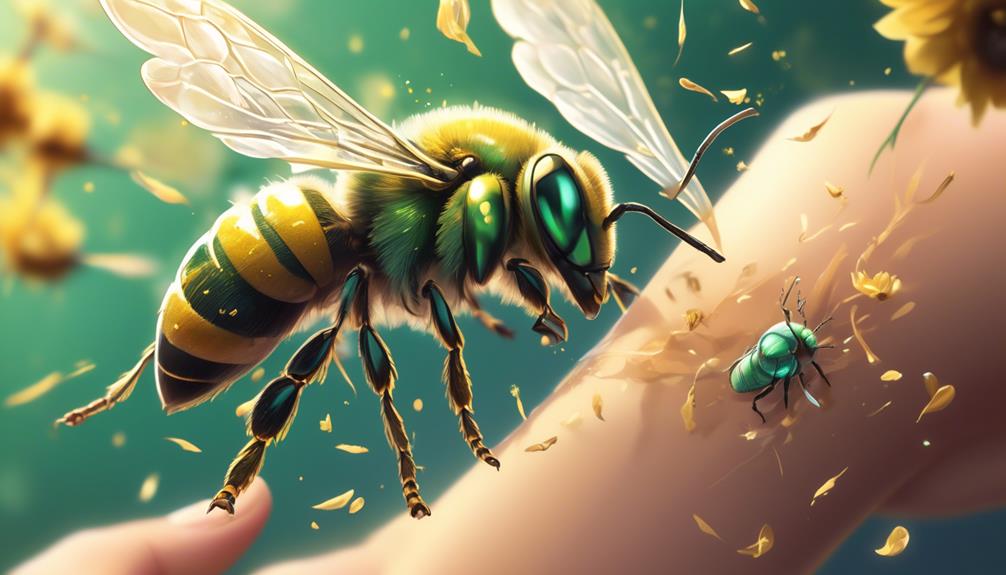
Equipped with knowledge on treating sweat bee stings, let's pivot to strategies that can help you avoid these stings in the future. Prevention is always better than cure, and with a few simple steps, you can reduce your chances of being stung.
Firstly, it's important to understand that sweat bees are attracted to perspiration. So, try to keep your skin dry, especially when you're outdoors. Wearing light-colored clothing can also help, as these bees are often drawn to dark colors.
Secondly, avoid wearing strong perfumes or scents, which can attract bees. Instead, you can use natural bug repellants or essential oils like peppermint or eucalyptus.
Thirdly, keep your outdoor areas clean. Sweat bees are drawn to trash and rotting fruit, so ensure that your garbage bins are sealed and your fruit trees are regularly cleaned up.
Lastly, if you're working in your garden or spending time outdoors, wear protective clothing. A hat, long sleeves, and gloves can provide a barrier between you and these bees.
Conclusion
So, you now know sweat bee stings typically last for a few hours to a couple of days, depending on your body's reaction. It's vital to treat them promptly and correctly to minimize discomfort.
Prevention is your best bet, but if you're stung, don't panic. Remember, sweat bees aren't aggressive and only sting when threatened.
Keep your cool and follow the steps you've learned here.


